Publications
Highlights
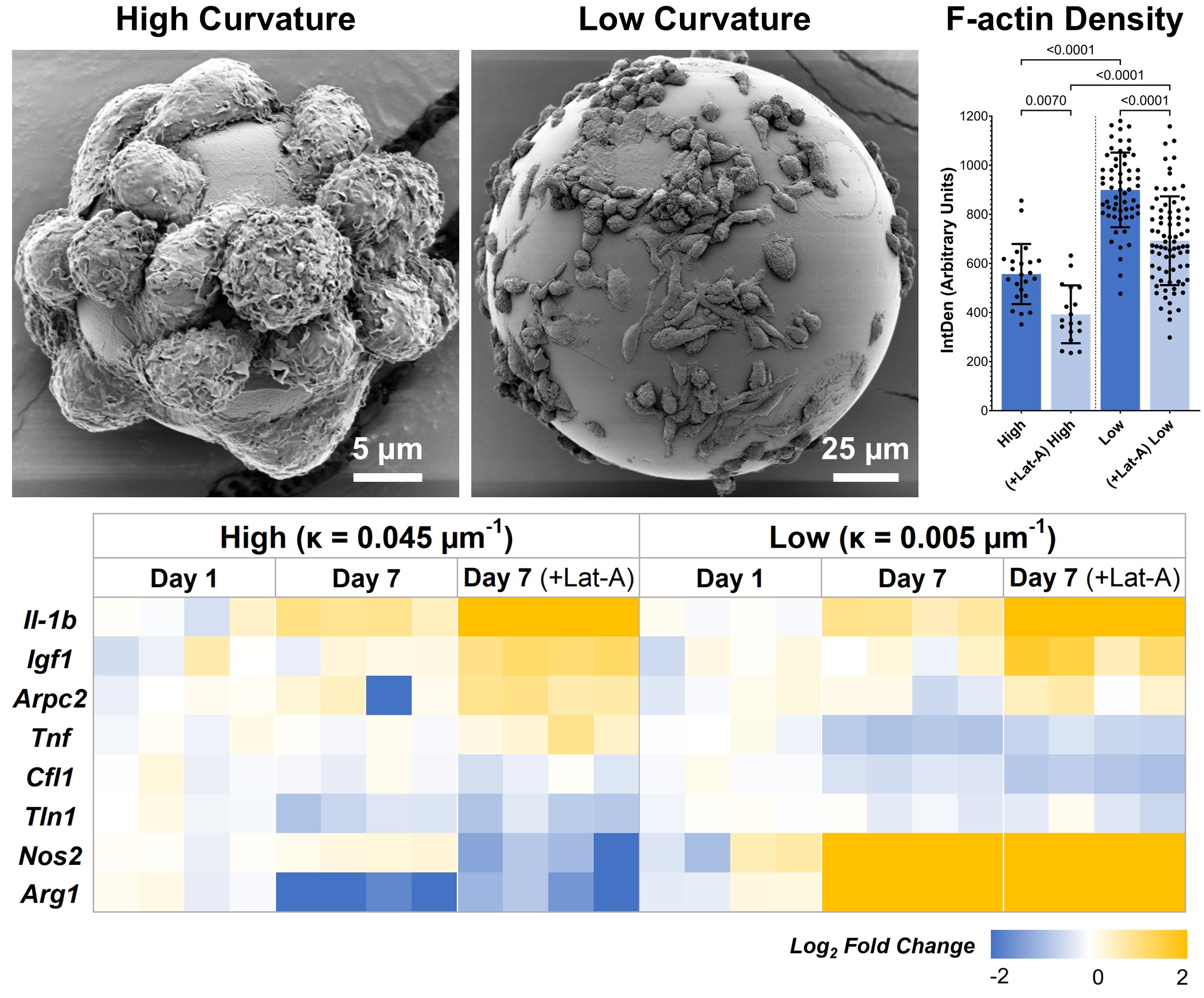
This study investigates how substrate curvature impacts macrophage cytoskeletal dynamics, gene expression, and immunophenotype through mechanosensitive pathways.
Sovar, Patrick, and Annamalai RT
Front Immunol. 2025 Jan 6:15:1478464.
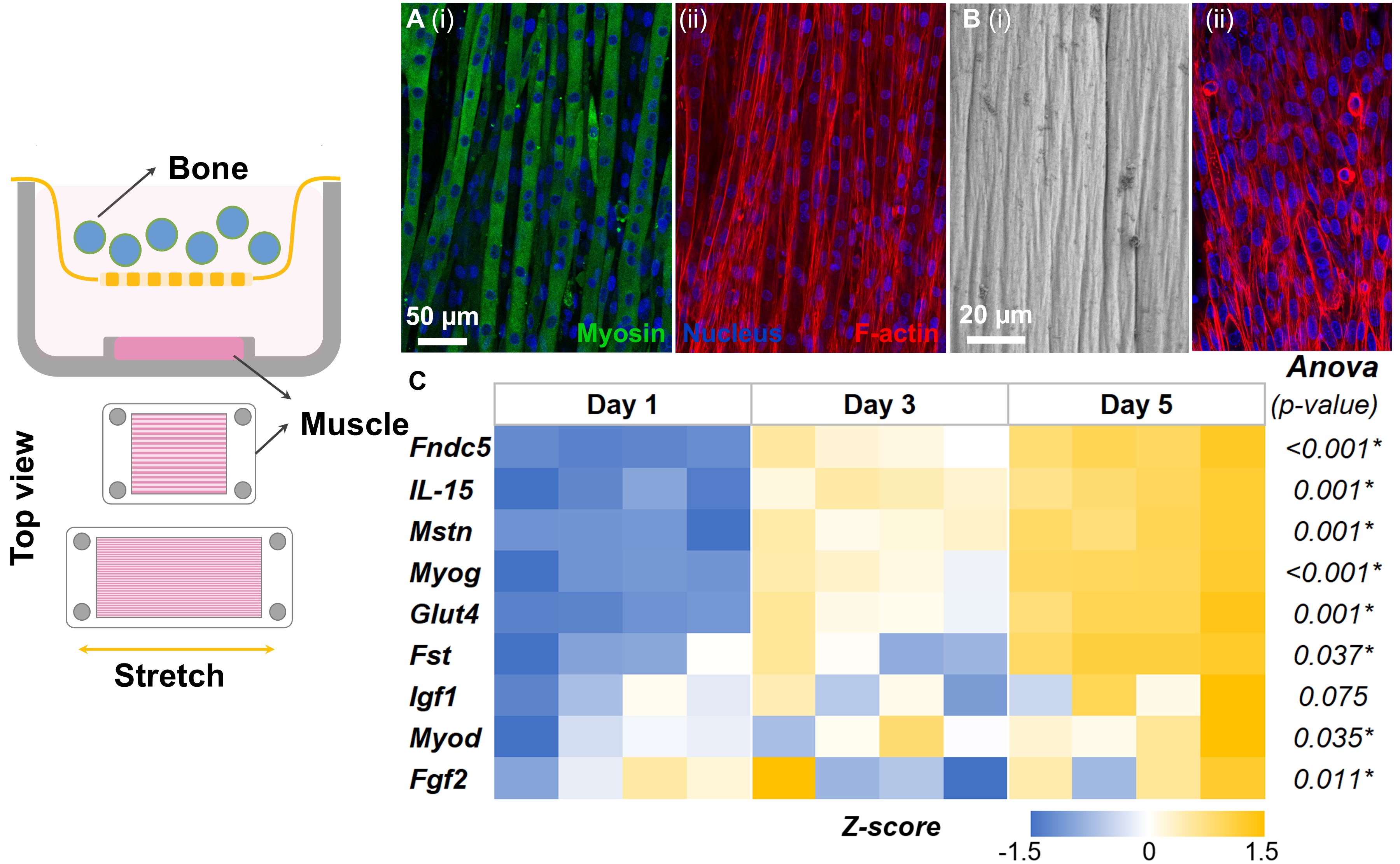
This work developed an in vitro model to elucidate the effects of mechanical strain on myokine secretion and its impact on bone metabolism decoupled from physical stimuli.
HS Kumar, E Barnett, J Fowlkes, Eva Kalaitzoglou, and Annamalai RT
JBMR Plus. 2023 Aug 15;7(11):e10804.
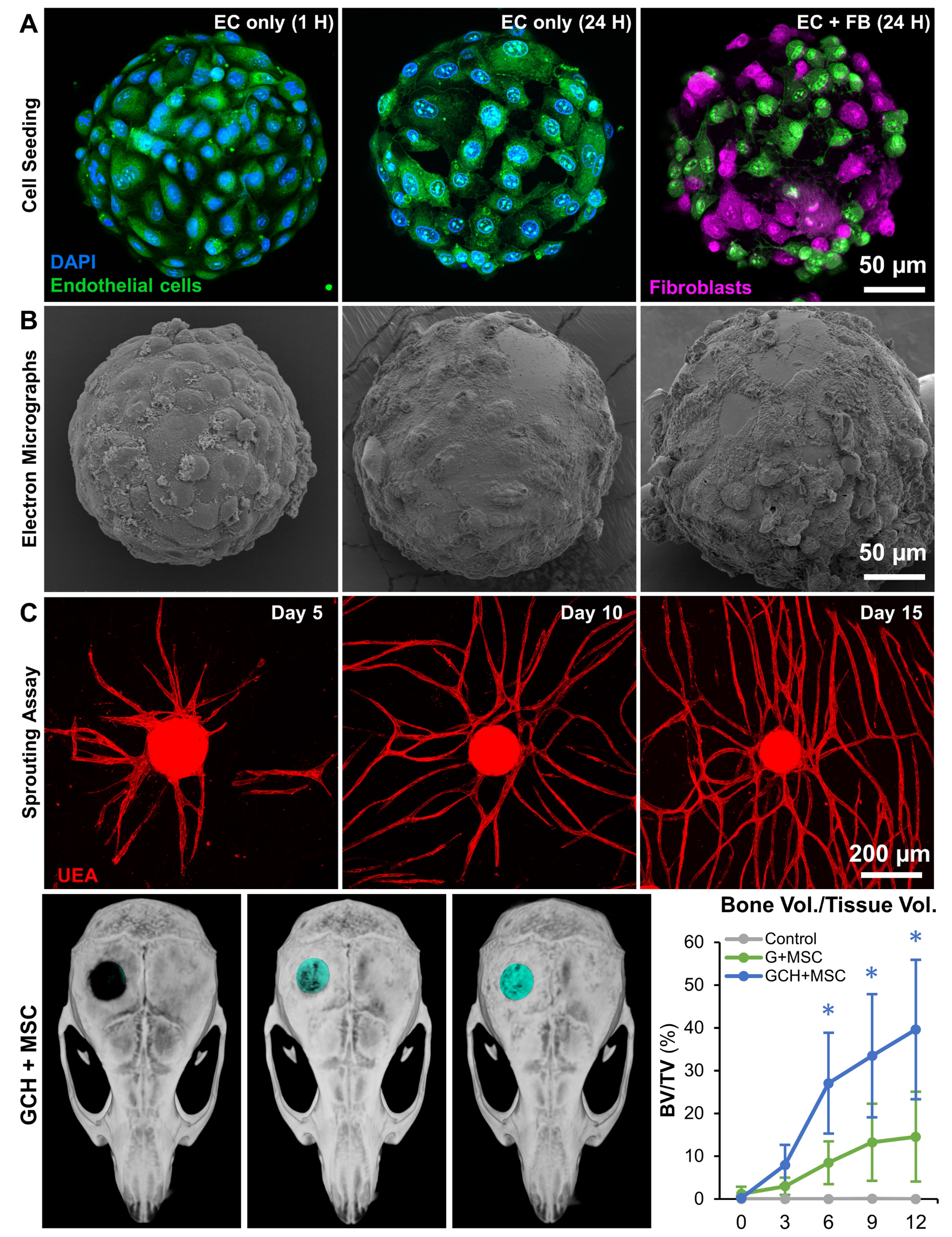
This work lays the foundation to establish principles of designing multiphasic scaffolds with tissue-specific biophysical and biochemical properties for regenerating vascularized and interfacial tissues.
Patrick, Keys, Suresh kumar, and Annamalai RT
Scientific Reports. 2022 Sep 22;12(1):15811
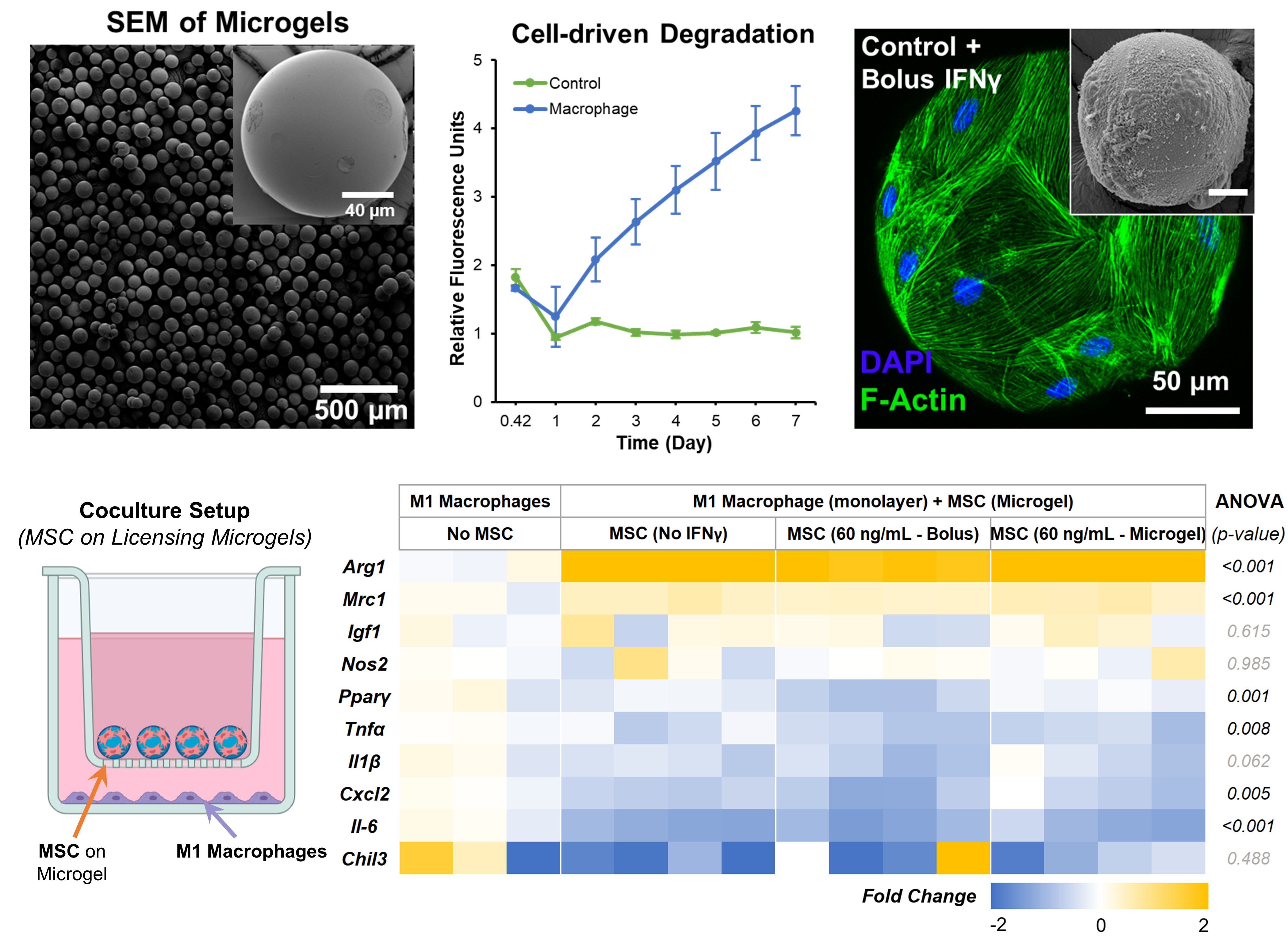
Here, we investigated the concentration-dependent effects of IFNγ and TNFα and developed gelatin-based microgels to sustain a licensed mesenchymal stromal cell (MSC) phenotype.
Patrick, and Annamalai RT
Front Immunol. 2022 Aug 18;13:987032
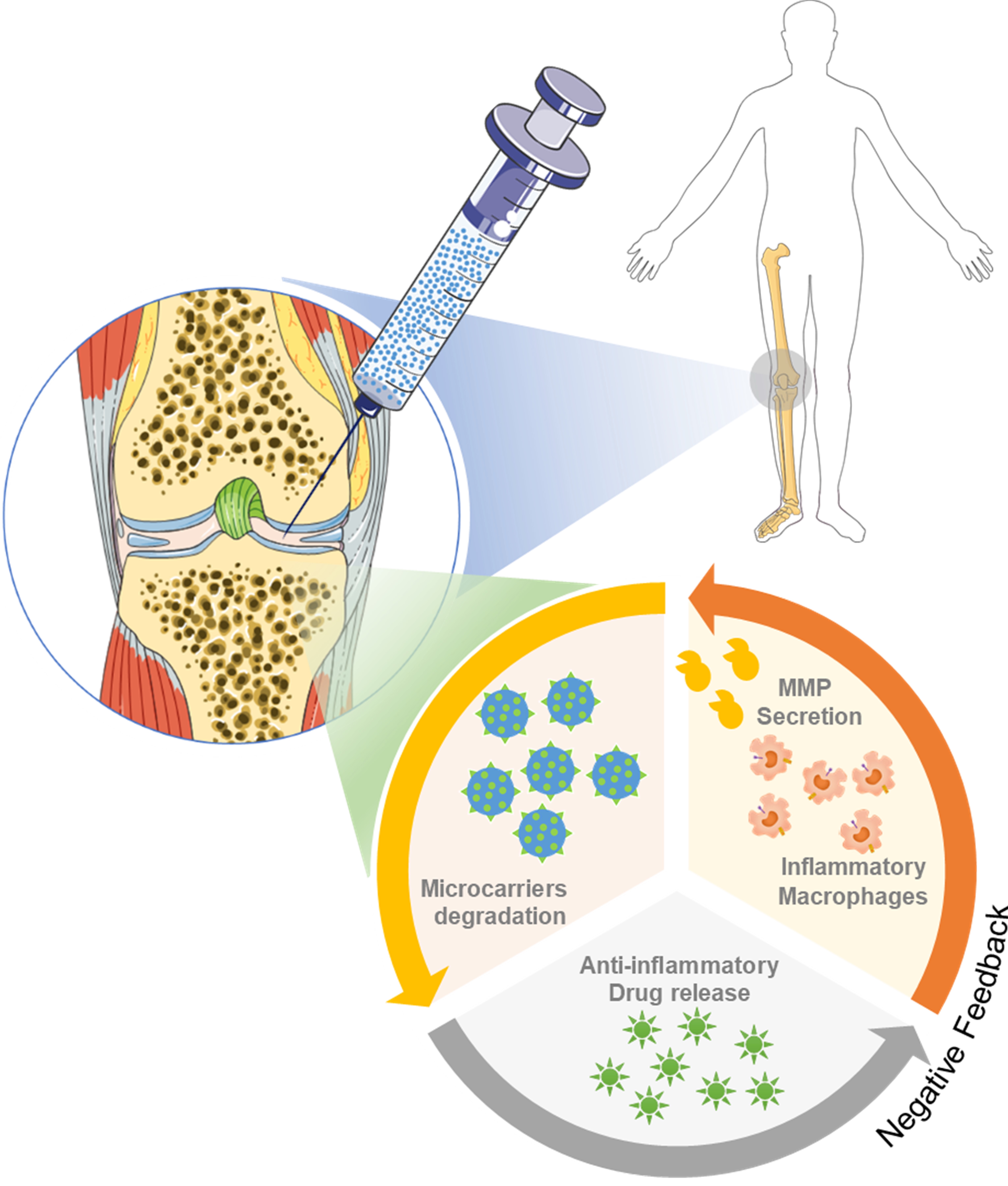
Here, we describe the utility of gelatin microspheres that are responsive to proteolytic enzymes typically expressed in arthritic flares, resulting in on‐demand and spatiotemporally controlled release of anti‐inflammatory cytokines for cartilage preservation and repair.
Park, Hart, Rolauffs, Stegemann, and Annamalai RT
J of Biomed Mat Res Part A, 2019
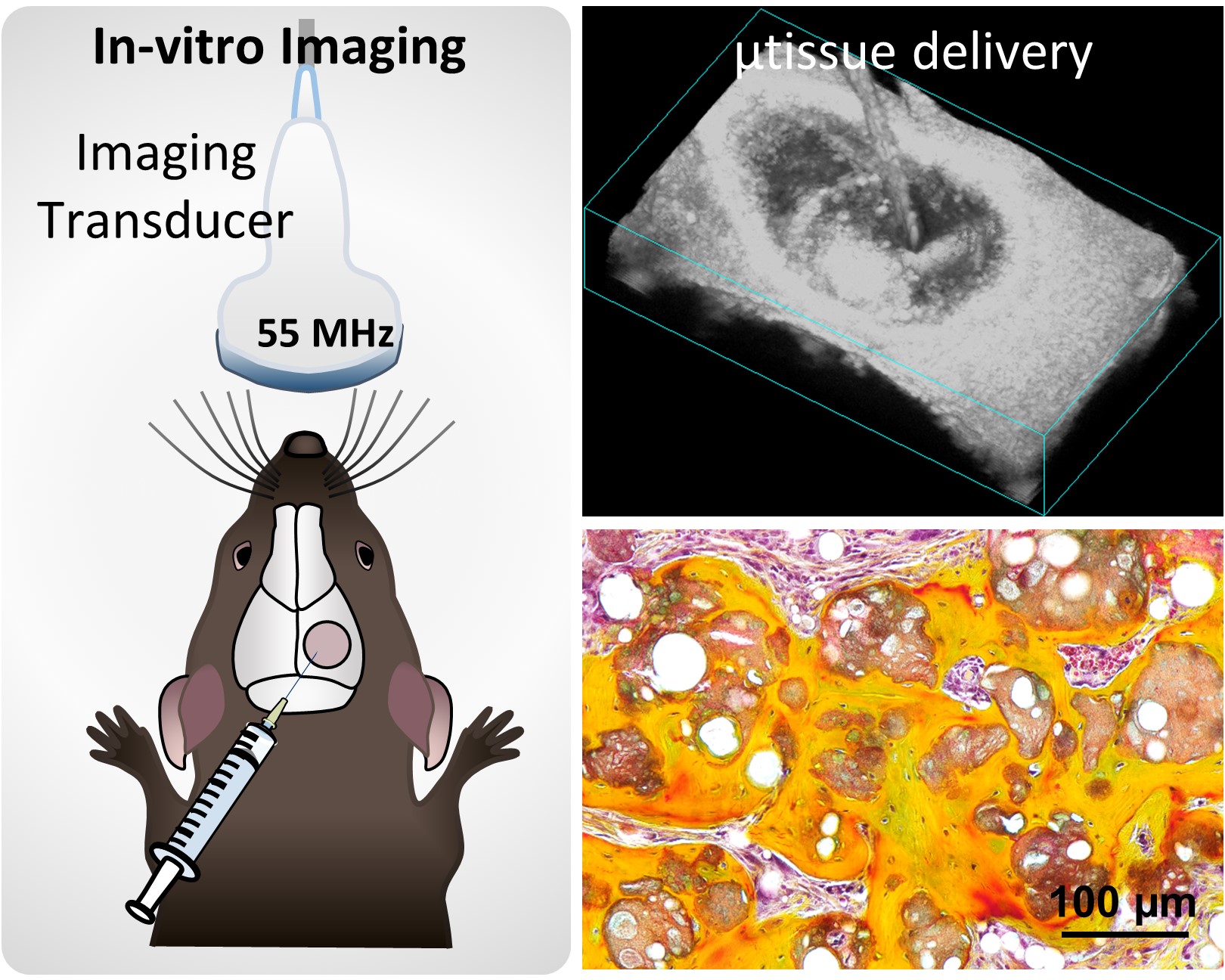
We present a biomaterials-based strategy combining mesenchymal stromal cells (MSC) with a chitosan-collagen matrix to form modular microtissues designed for delivery through a needle to conformally fill cavital defects. Implantation of microtissues into a calvarial defect in the mouse resulted in complete bridging of the cavity.
Annamalai RT, Hong, Schott, Tiruchinapally, Levi and Stegemann
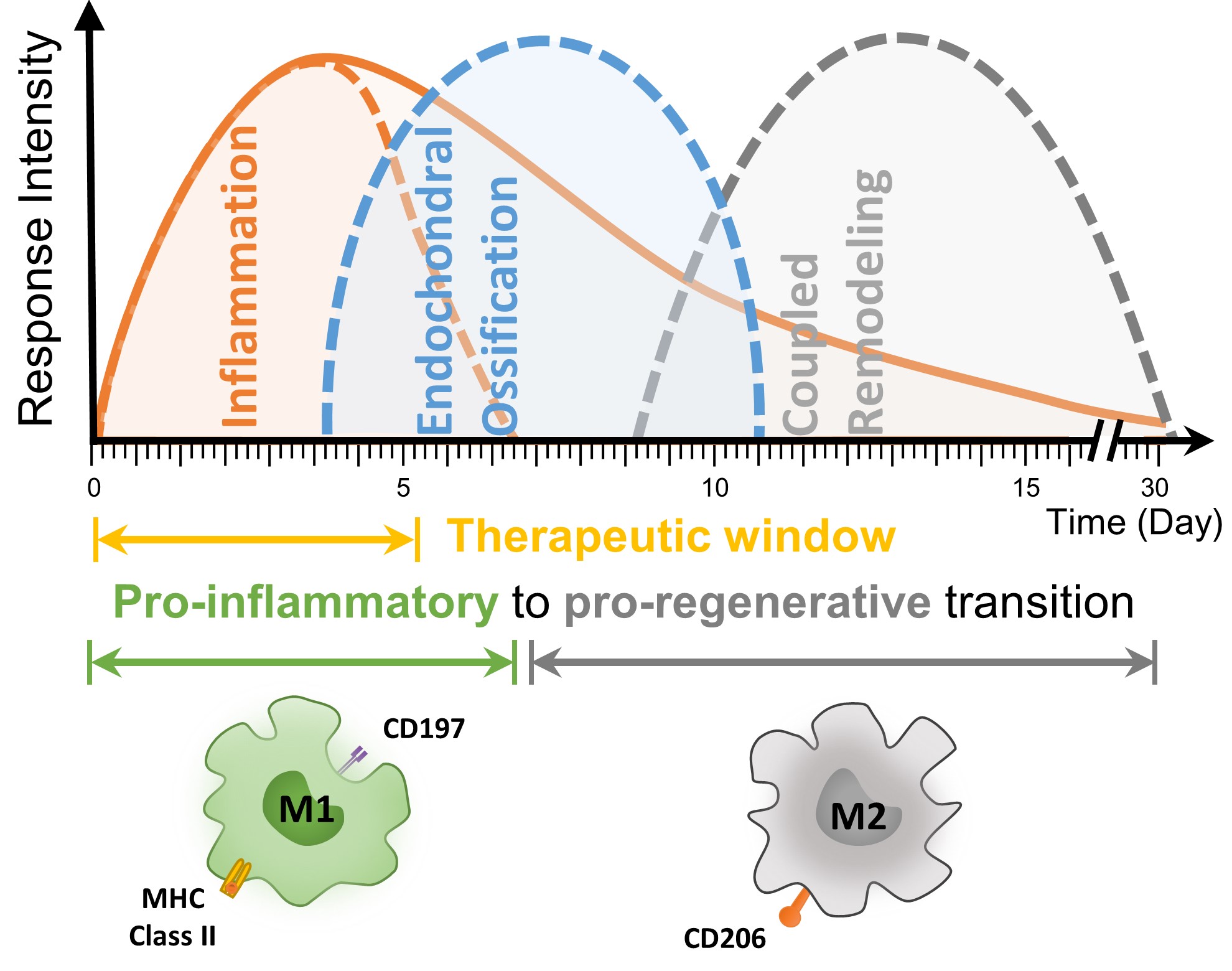
We developed genipin-crosslinked gelatin microspheres designed to be preferentially degraded by inflammatory (M1) macrophages to provide better spatiotemporal control of BMP2 delivery for recalcitrant wounds.
Annamalai RT, Turner, Carson, Kunkel, Levi and Stegemann
Biomaterials, 2018; 161:216-227
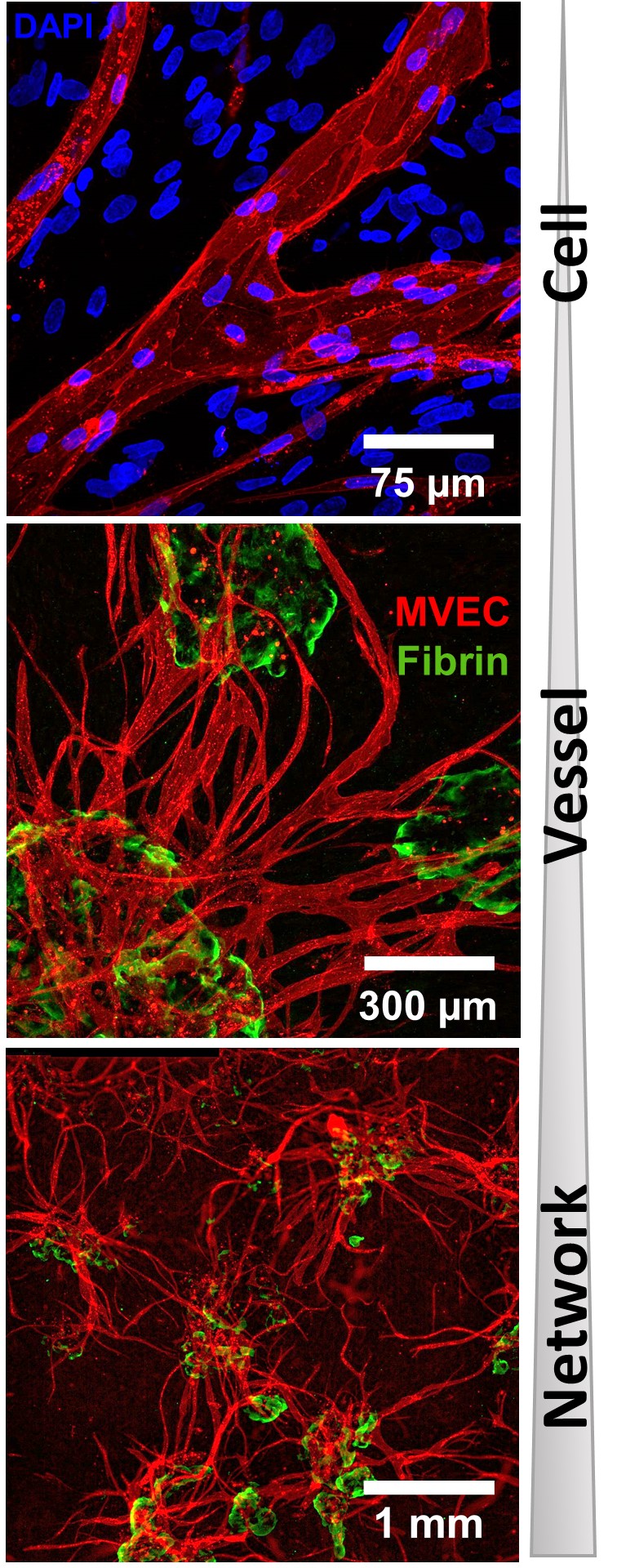
We investigated a modular tissue engineering approach to therapeutic revascularization using fibrin-based microtissues containing embedded human endothelial cells and human fibroblasts. Robust sprouting from microtissues was evident, with larger vessels developing over time and FB acting as pericyte-like cells by enveloping endothelial tubes. This modular format may allow minimally invasive delivery of populations of prevascularized microtissues for therapeutic applications.
Annamalai RT, Rioja, Putnam and Stegemann
ACS Biomaterials, 2016; 2(11):1914-25
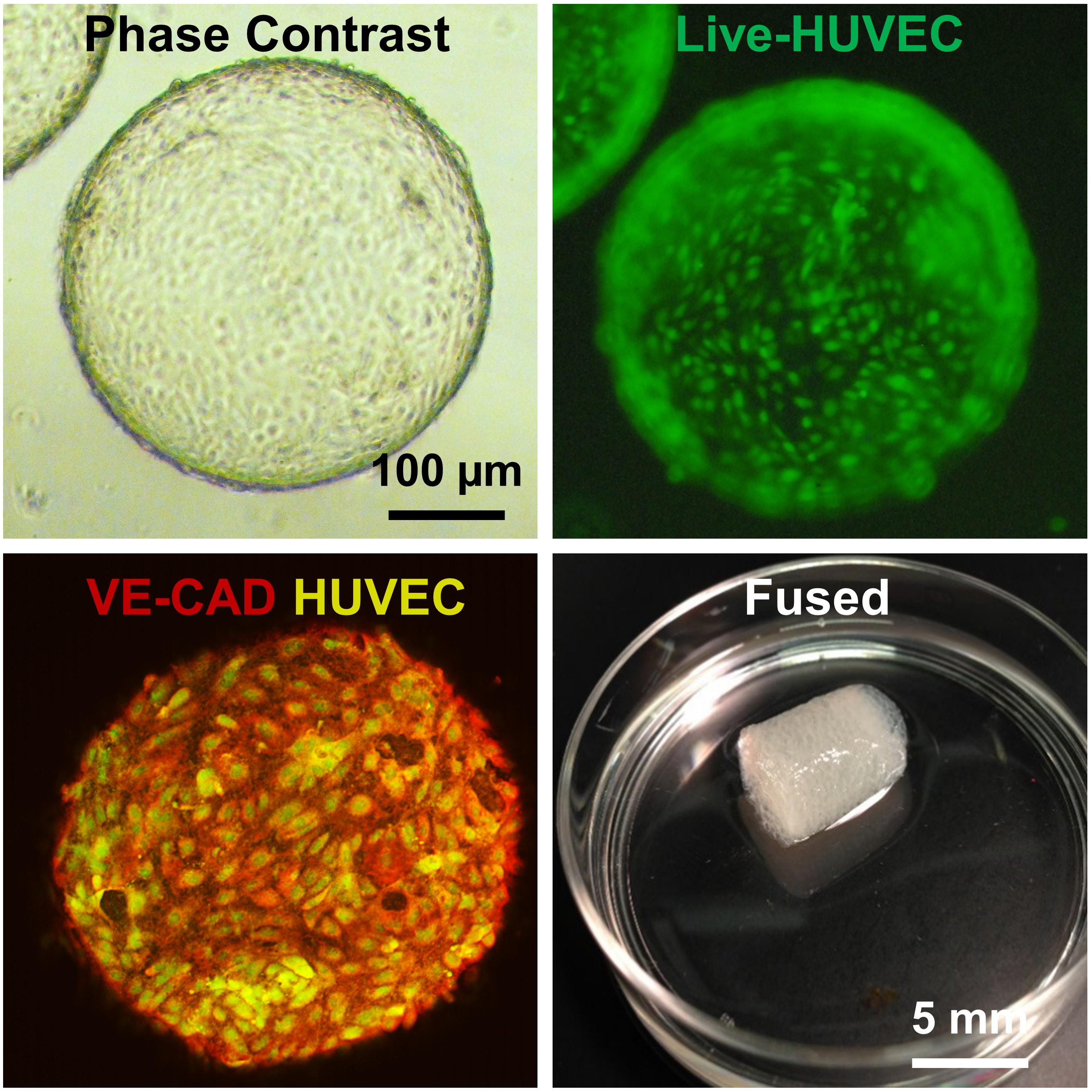
Previously, we demonstrated assembly of a prototype, engineered liver tissue, formed by the fusion of hepatocyte-containing capsules. Here, we analyzed the effects of various controllable system parameters with the aim of predicting the operating limits of our modular tissue in high cell density, perfused cultures.
Annamalai RT and Matthew HW
Ann Biomed Eng, 2019; 47(5):1223-36
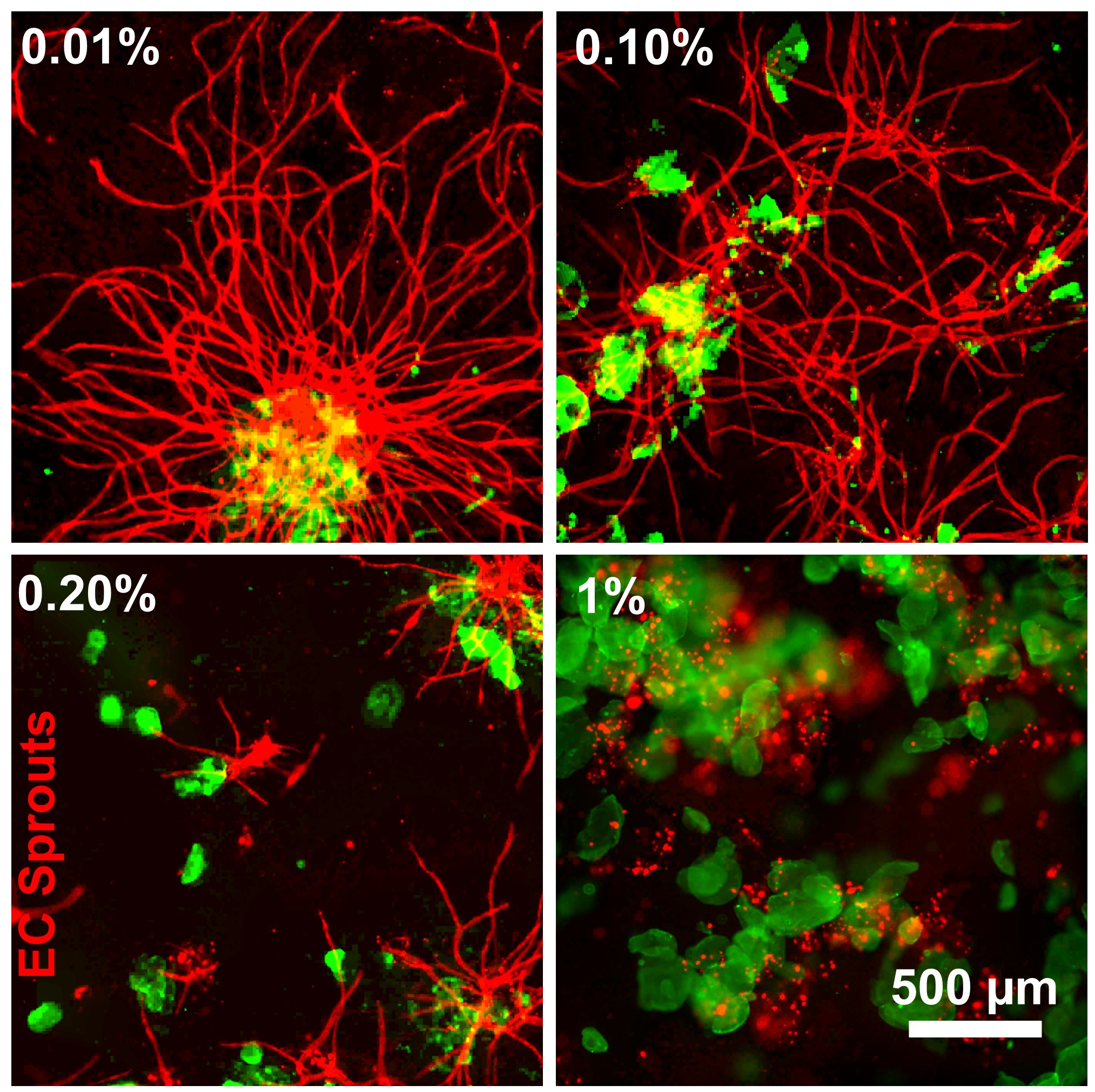
Microtissues created from the protein fibrin and containing embedded cells can be used in modular tissue engineering approaches to create larger, hierarchical and complex tissue structures. In this paper we demonstrate an emulsification-based and the beneficial effects of surfactants in reducing microtissue aggregation.
Annamalai RT, Naik, Prout, Putnam, and Stegemann
Biomedical Materials, 2018; 13:045005
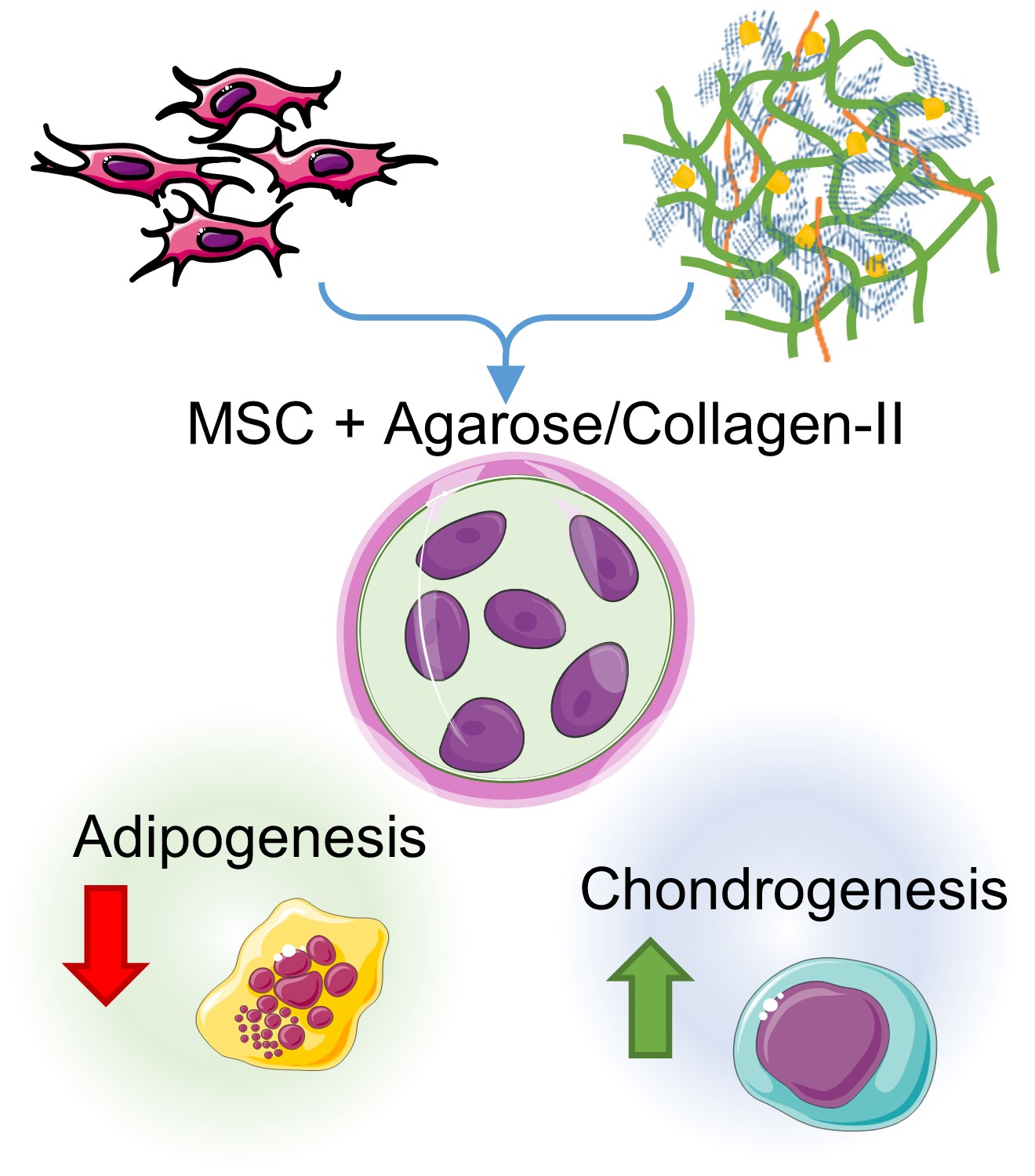
We developed modular microenvironments that mimic the composition of articular cartilage as a delivery system for consistently differentiated cells. We showed that the Inclusion of collagen Type II in agarose matrices in microbead format can potentiate chondrogenic differentiation of human MSC.
Annamalai RT, Mertz, Daley and Stegemann
Cytotherapy, 2016; 18(2):263-77
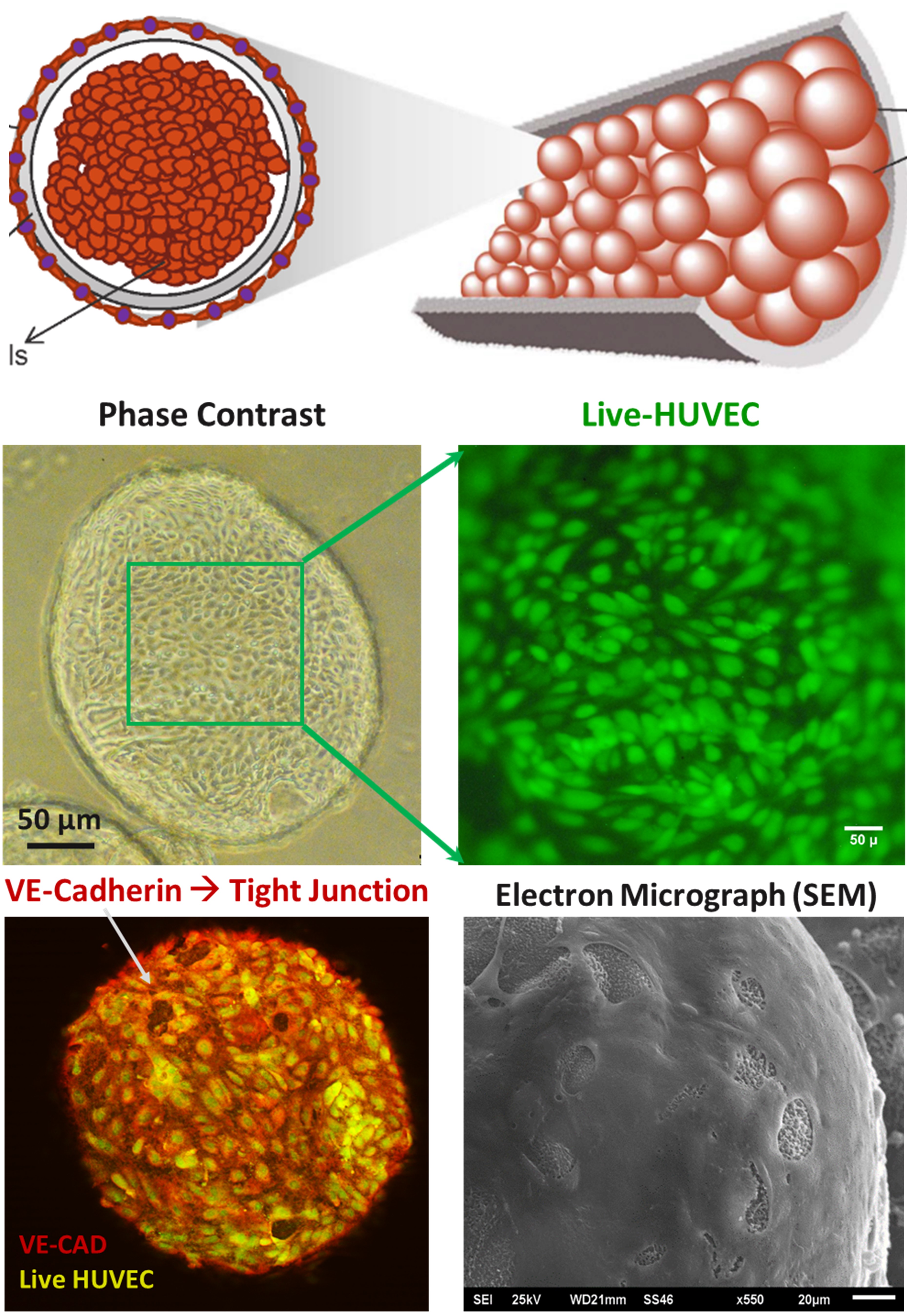
In this paper, we report the elements of a simple yet efficient method for fabricating vascularized tissue constructs by fusing biodegradable microcapsules with tunable interior environments. A prototype, engineered liver tissue, formed by fusion of hepatocyte-containing capsules exhibited urea synthesis rates and albumin synthesis rates comparable to standard collagen sandwich hepatocyte cultures.
Annamalai RT, Armant and Matthew
Full List
ISubstrate curvature influences cytoskeletal rearrangement and modulates macrophage phenotype
Sovar, Patrick, and Annamalai RT
Front Immunol. 2025 Jan 6:15:1478464.
Biomechanical Stimulation of Muscle Constructs Influences Phenotype of Bone Constructs by Modulating Myokine Secretion
HS Kumar, E Barnett, J Fowlkes, Eva Kalaitzoglou, and Annamalai RT
JBMR Plus. 2023 Aug 15;7(11):e10804.
Injectable nanoporous microgels generate vascularized constructs and support bone regeneration in critical-sized defects
Patrick, Keys, Suresh kumar, and Annamalai RT
Scientific Reports. 2022 Sep 22;12(1):15811
Licensing microgels prolong the immunomodulatory phenotype of mesenchymal stromal cells
Patrick, and Annamalai RT
Front Immunol. 2022 Aug 18;13:987032
Bioresponsive microspheres for on‐demand delivery of anti‐inflammatory cytokines for articular cartilage repair
Park, Hart, Rolauffs, Stegemann, and Annamalai RT
J of Biomed Mat Res Part A, 2019
Injectable osteogenic microtissues containing MSCs conformally fill and repair critical-size defects
Annamalai RT, Hong, Schott, Tiruchinapally, Levi and Stegemann
Biomaterials, 2019; 208:32-44
Harnessing macrophage mediated pathways for degradation of gelation microspheres for Spatiotemporal Control of BMP2 Release
Annamalai RT, Turner, Carson, Kunkel, Levi and Stegemann
Biomaterials, 2018; 161:216-227
Vascular network formation by microvascular endothelial cells in modular fibrin microtissues
Annamalai RT, Rioja, Putnam and Stegemann
ACS Biomaterials, 2016; 2(11):1914-25
Transport Analysis of Engineered Liver Tissue Fabricated Using a Capsule-Based, Modular Approach
Annamalai RT and Matthew HW
Ann Biomed Eng, 2019; 47(5):1223-36
Biofabrication of injectable fibrin microtissues for minimally-invasive therapies-Application of surfactants
Annamalai RT, Naik, Prout, Putnam, and Stegemann
Biomedical Materials, 2018; 13:045005
Multimode ultrasound viscoelastography for interrogation of mechanical properties in heterogeneous biomaterials
Hong X, Annamalai RT, Kemmerer T, Deng C, Stegemann
Biomaterials, 2018; 178:11-22
Collagen Type II enhances chondrogenic differentiation in agarose-based nodular microtissues
Annamalai RT, Mertz, Daley and Stegemann
Cytotherapy, 2016; 18(2):263-77
A glycosaminoglycan based, modular tissue scaffold system for rapid assembly of perfusable, high cell density, engineered tissues
Annamalai RT, Armant and Matthew
PLoS One, 2014; 9(1):e84287
Endothelial sprouting and network formation in collagen- and fibrin-based modular microbeads
Rioja AY, Annamalai RT, Spencer, Putnam and Stegemann
Acta Biomaterialia, 2016; 29:33-41
Evaluation of salivary cytokines for diagnosis of both trauma-induced and genetic heterotopic ossification
Sung, Chung, Habbouche, Cholok, Allen, Annamalai RT, Priest, Loder, Li, Stegemann, Kunkel and Levi
Front Endocrinol, 2017; 8:74
 https://orcid.org/0000-0002-9880-3973
https://orcid.org/0000-0002-9880-3973